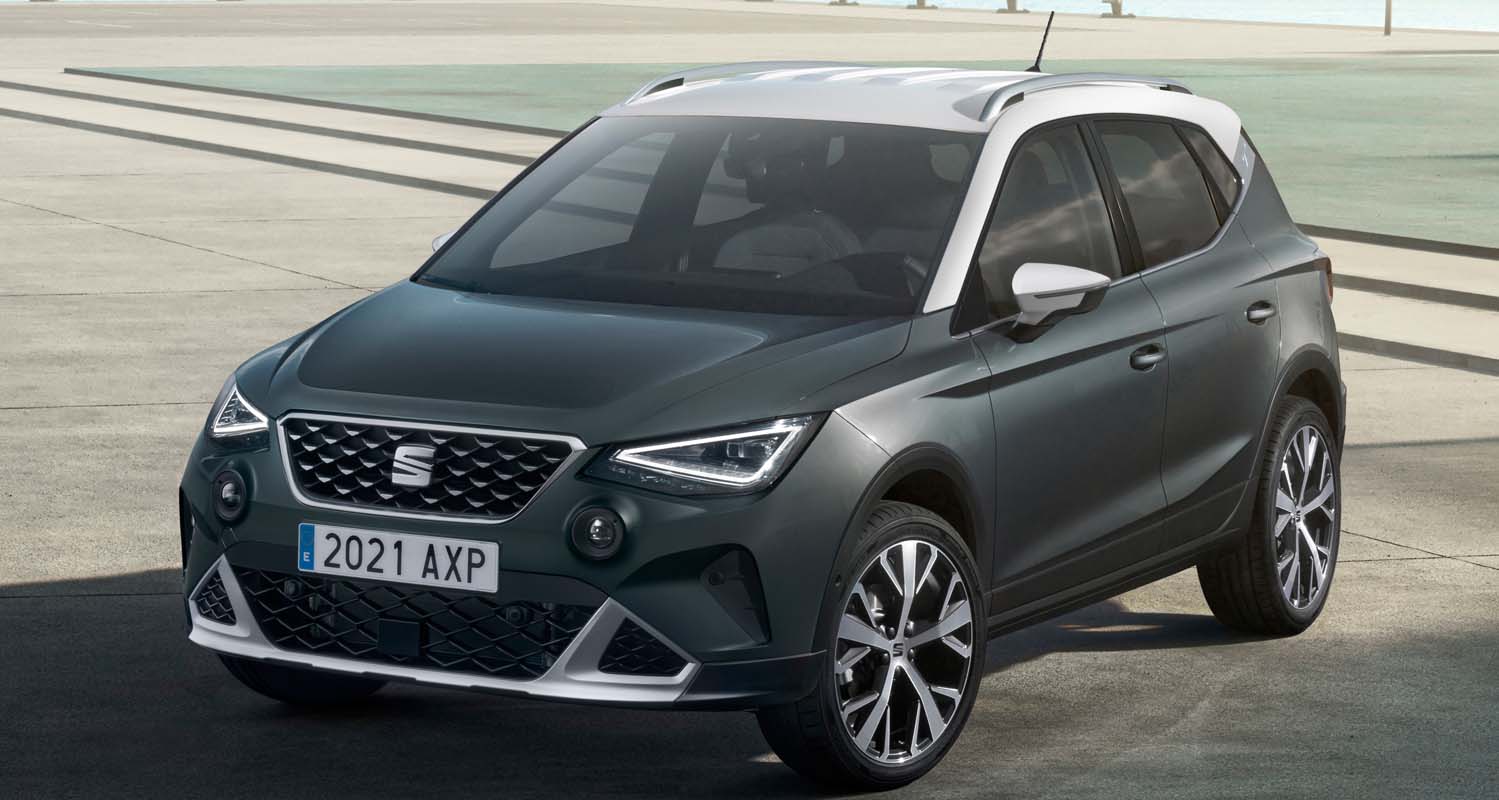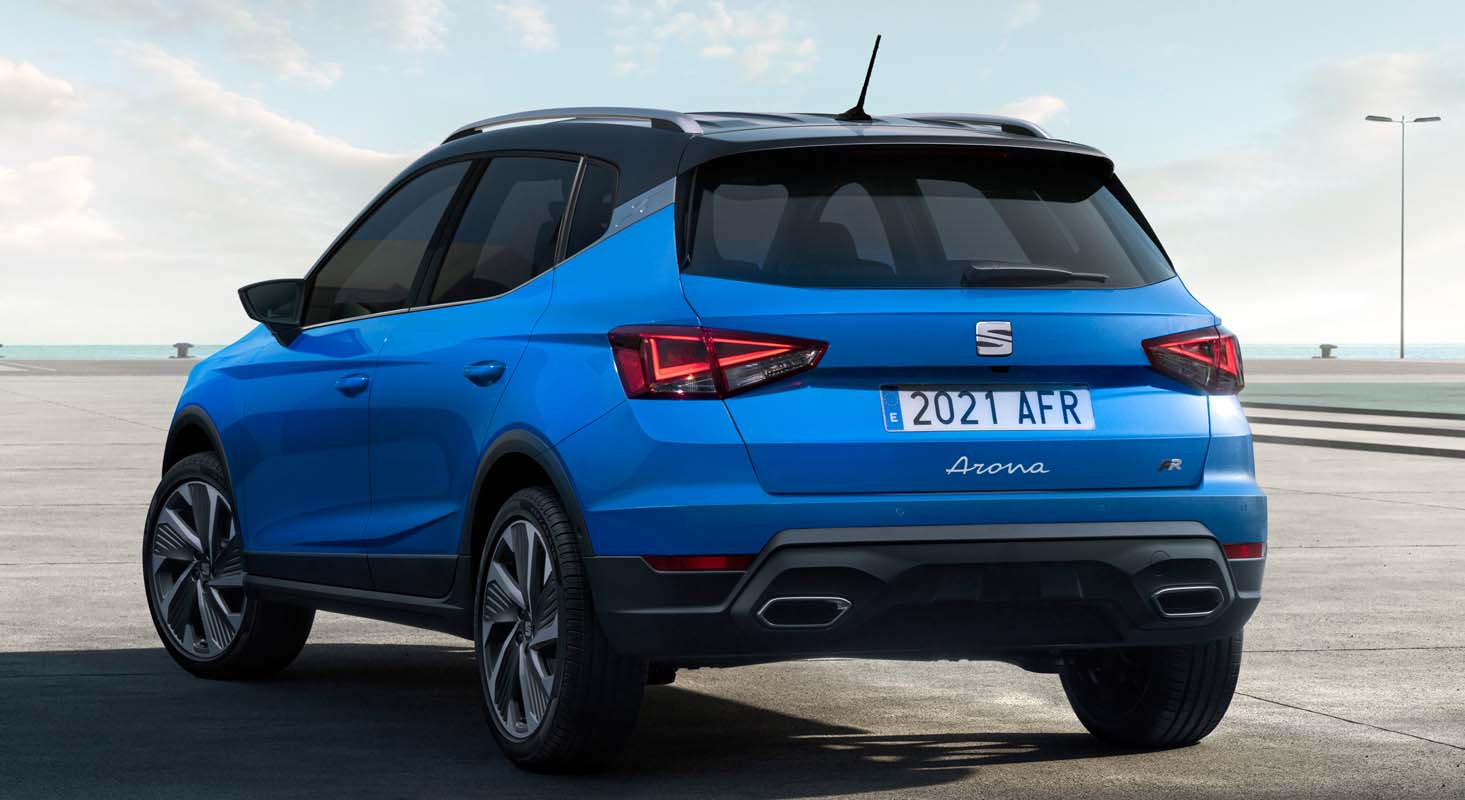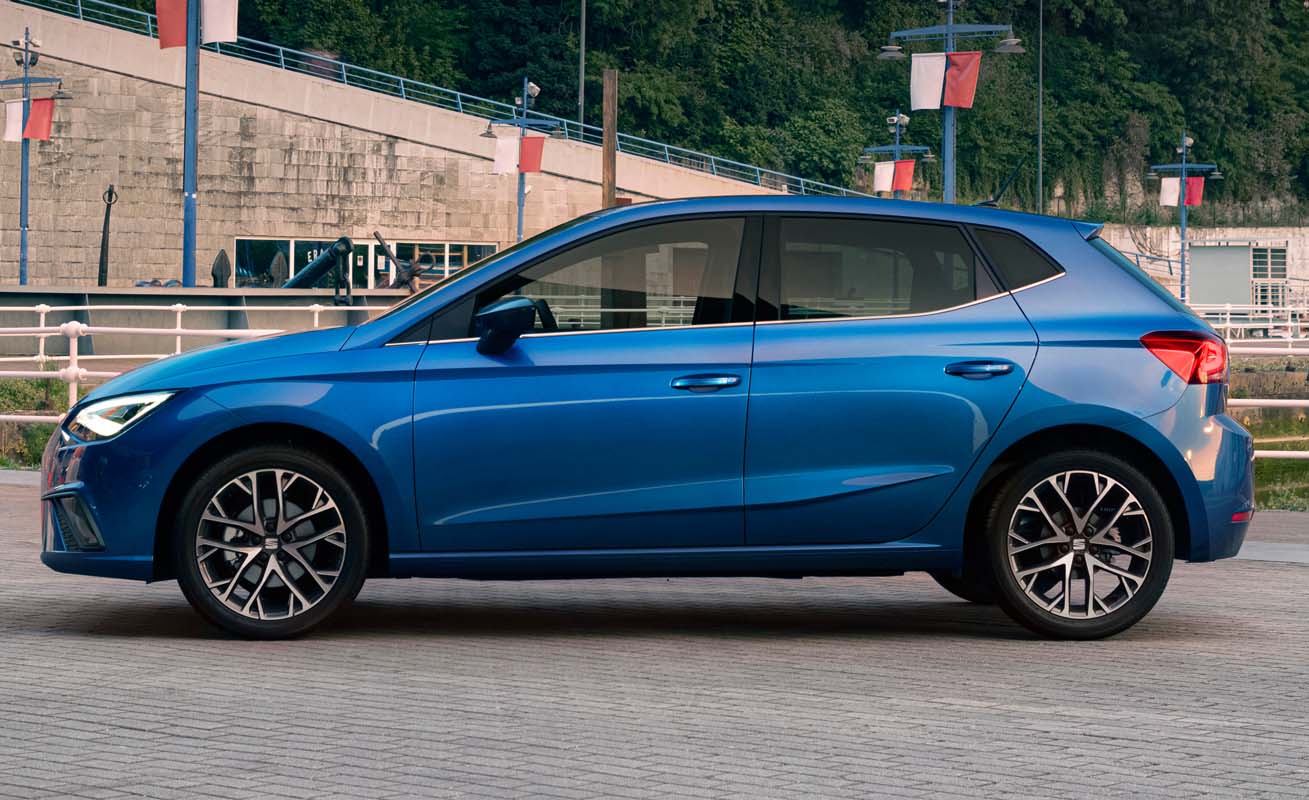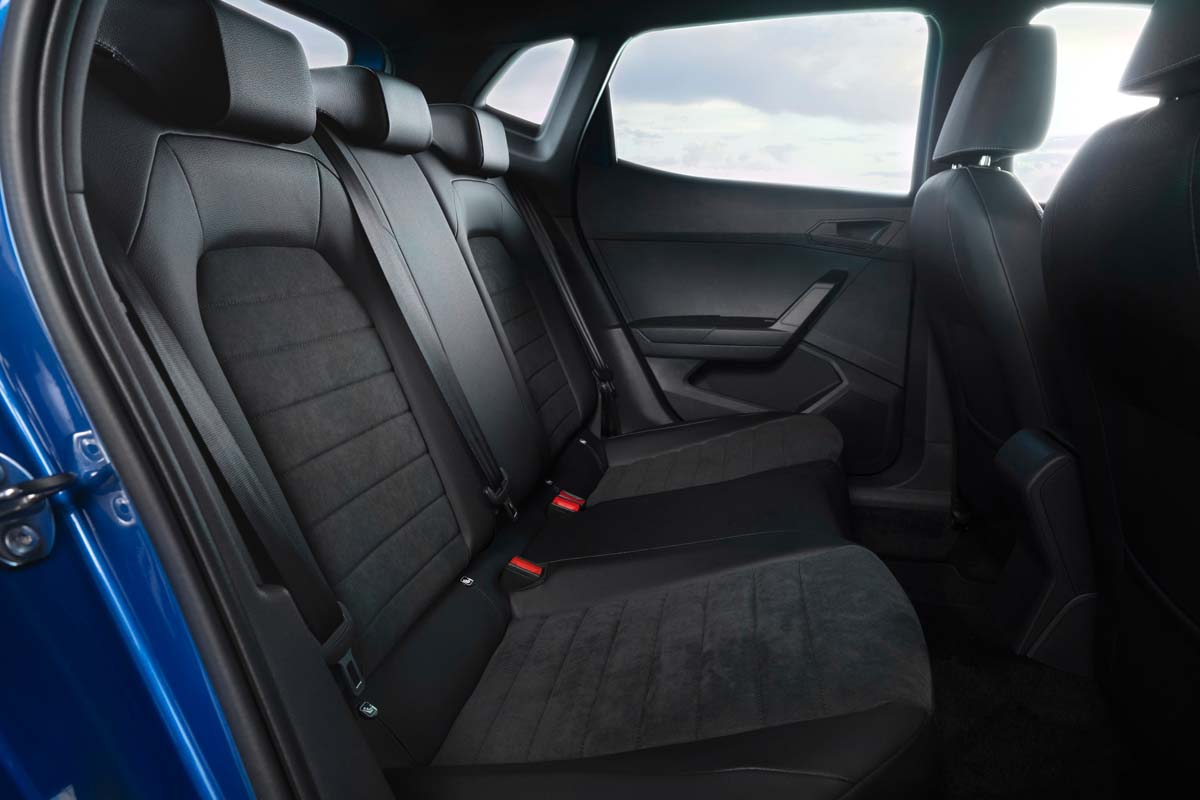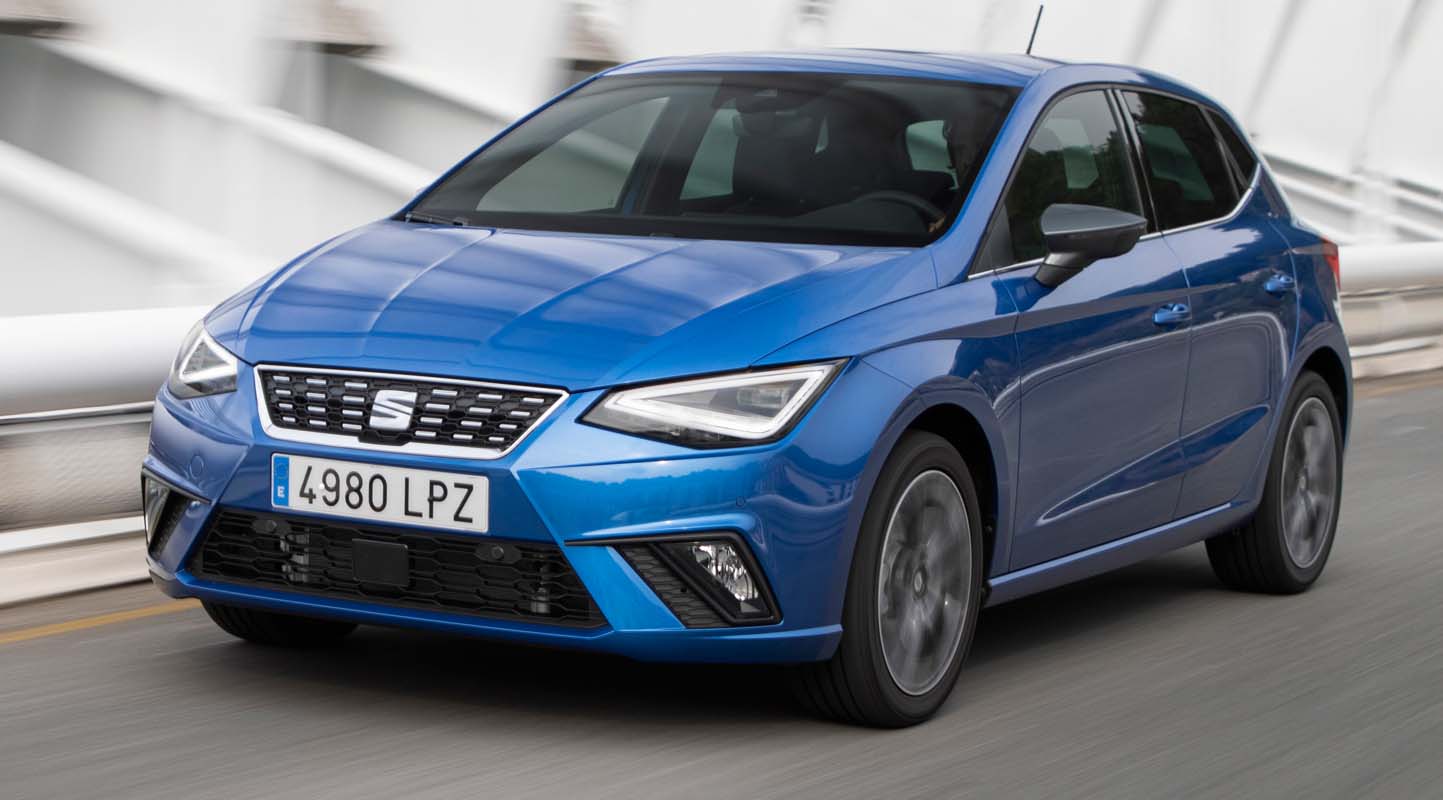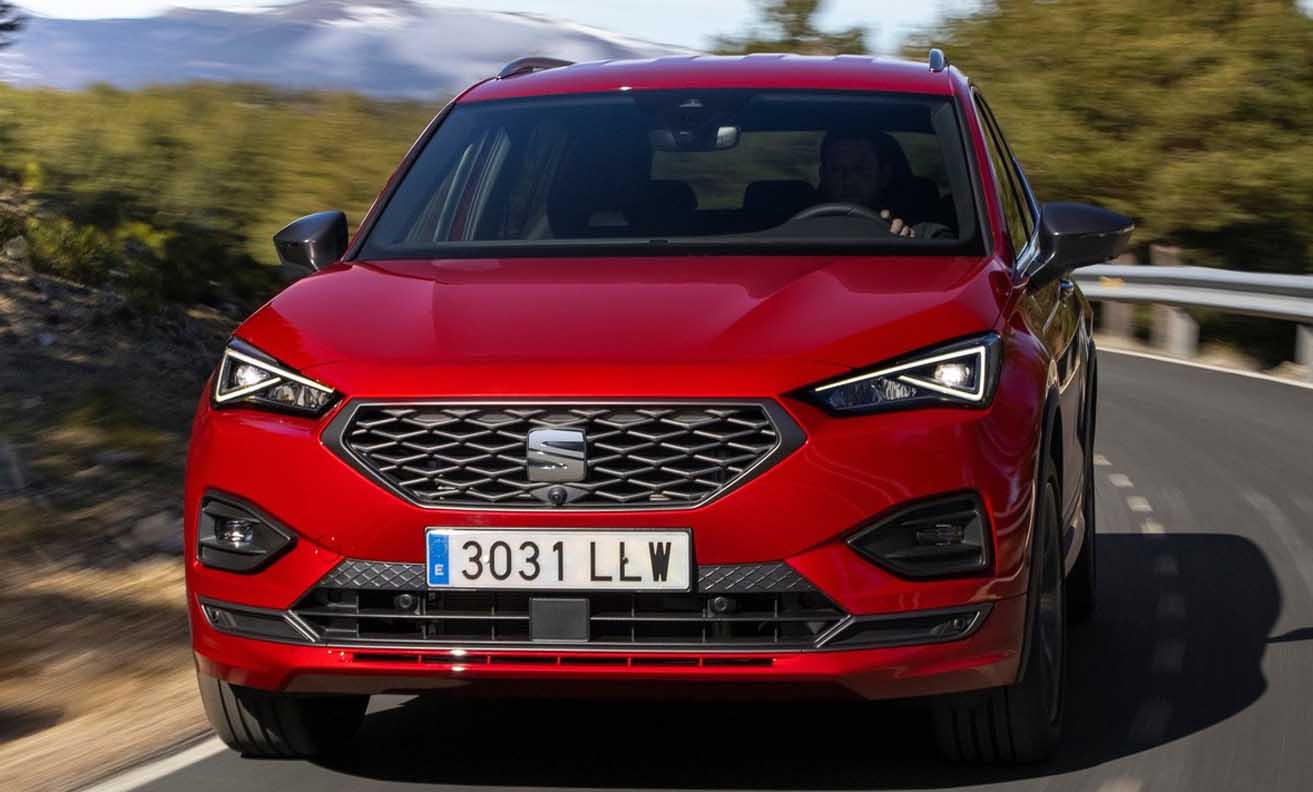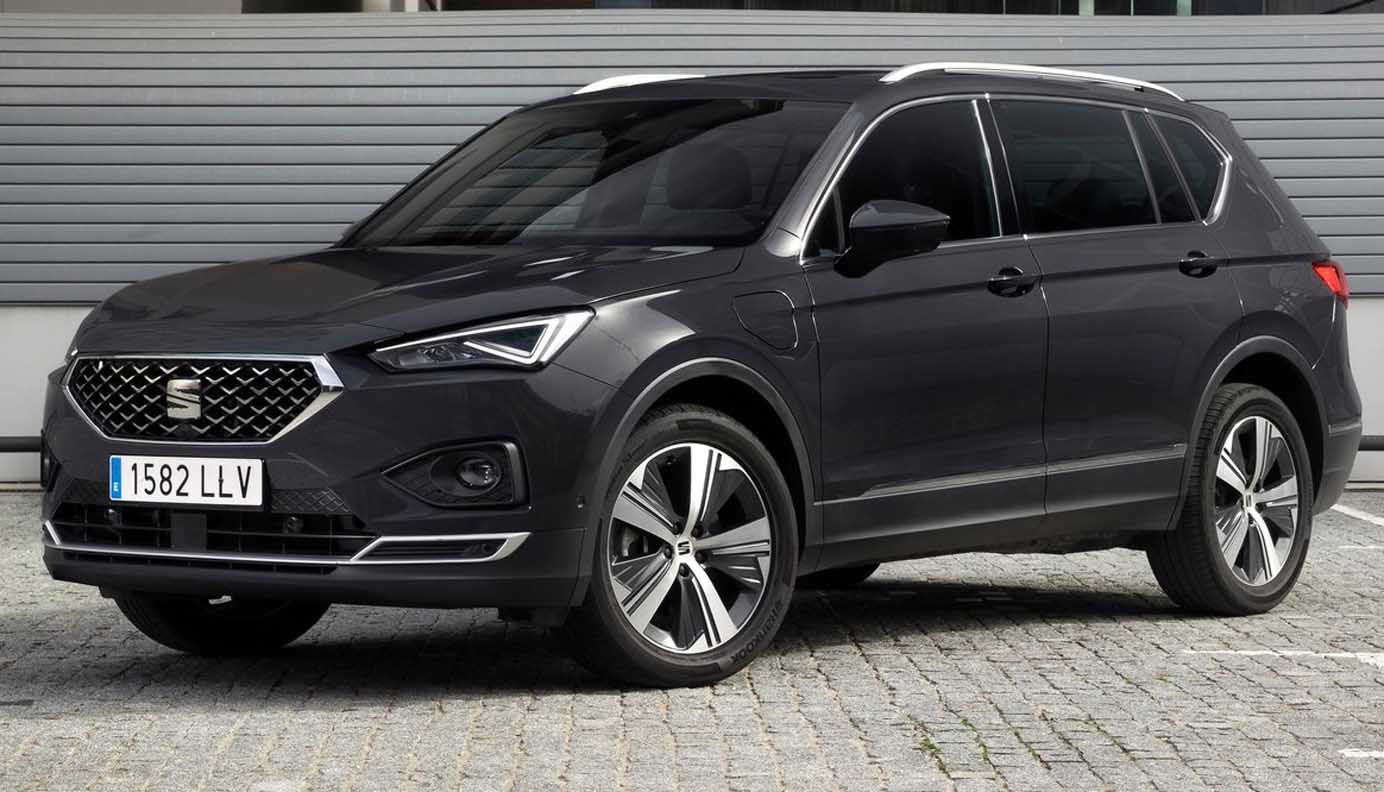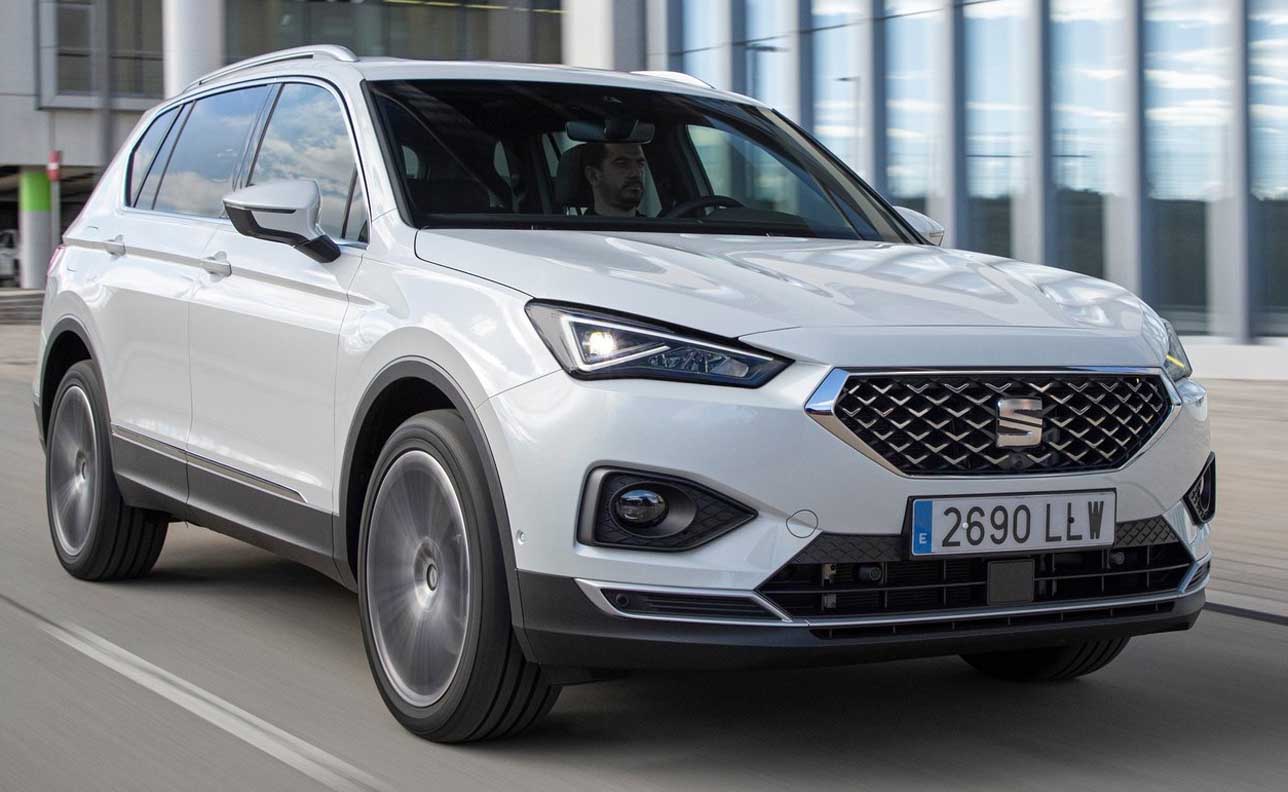
With fuel prices skyrocketing all over the world, efficient driving is now more important than ever, the key to economising fuel. According to the International Energy Agency (IEA), this measure can help reduce fuel consumption by between 6% and 12%. That’s why an expert from SEAT S.A. has come up with 7 efficient driving tips to save on fuel and spare your wallet.
1. Drive smoothly. Sudden speed changes, like quick acceleration or hard braking, increase fuel consumption. For this reason, “it’s important to drive smoothly, anticipate the layout and make gentle transitions” explains Ángel Suárez, an engineer at the SEAT S.A. Technical Centre. Stay in low gears only for the first few seconds of driving and whenever possible, use high gears. It is best to follow the instructions of the GSI (gear shift indicator) of your vehicle or, if it does not have this system, try to change gears before 2,500 rpm. “Higher revs mean higher fuel consumption” says Ángel.
2. Switch off the engine when stopping for long periods. If you keep the engine running when your car isn’t moving, the engine overheats and fuel consumption increases. So, when it comes to short stops at traffic lights for example, the idling engine consumes approximately 1 litre per hour. “To automate this process, the entire SEAT range is equipped with the Start&Stop system, which switches off the engine by default when stopping” Suárez points out.
3. Maintain a constant speed. Changes in speed affect fuel consumption, so it’s preferable to maintain the same speed as long as the flow of traffic and the road allow. “The adaptive cruise control (ACC) available on SEAT models is the perfect solution to set your speed on surfaces with no significant gradient, such as motorways” says Ángel. In this regard, IEA recommends driving 10 km/h slower as a cost-saving measure. In fact, it’s been proven that slowing down to 110 km/h on the motorway alone helps save 11% of fuel consumption.
4. Use the engine brake. “Whenever possible, try to stop gently by taking your foot off the accelerator, to take advantage of the opposite pressure that the transmission on the engine, before pressing the brake pedal” Ángel advises. This way, the car brakes progressively without depending on fuel, and consumption decreases. To achieve this, anticipating and respecting the safety distance are essential. “We often come across people who shift into neutral when going downhill. This is a misconception, since at that moment the engine is disconnected from the gearbox and we do have consumption” says the engineer. “The correct procedure is to use engine braking, i.e., with the gear engaged, we lift our foot off the accelerator and, in this way, there will be no fuel consumption” he adds.
5. Air conditioning or lower the windows? Air conditioning is one of the non-driving factors that consumes the most fuel, between 4% and 10% according to the IEA, while lowering the windows at medium and high speeds creates a drag effect: air enters the car and generates aerodynamic drag that slows it down and makes the engine work harder to keep up. “It is best to always use the AUTO function of the AC system so that the compressor works in the most efficient way to reach the desired temperature without penalising consumption. From 80 km/h, when aerodynamics play an important role, always keep the windows closed” Ángel recommends.
6. Keep an eye on your tyre pressure. This is a key safety aspect, but it also affects efficient driving. According to the IEA, regularly tyre pressure checks can save at least 1.5% of fuel. In addition, Ángel Suárez advises to “correctly distribute the load in the boot in order to reduce the weight of the vehicle, which also affects efficiency, and then adjust the tyre pressure” and, in the event that we need to carry a luggage box, we should be aware that this will penalise our consumption.
7. Plan your route. A planned itinerary is vital for saving money. Unforeseen events, having to stop for traffic jams or getting lost on unfamiliar roads can make your trip unnecessarily long, and consequently, increase fuel consumption. For this reason, “it’s better to plan your route, choose times of the day when there’s the least traffic and use the same journey to do several different things” he concludes.
